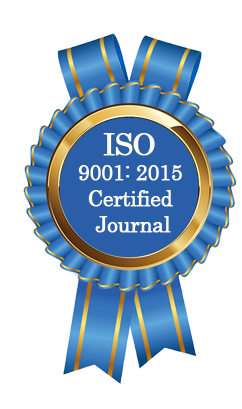| All | Since 2020 | |
| Citation | 105 | 60 |
| h-index | 4 | 4 |
| i10-index | 3 | 2 |
WJAHR Citation 
Login
News & Updation
Best Article Awards
World Journal of Advance Healthcare Research (WJAHR) is giving Best Article Award in every Issue for Best Article and Issue Certificate of Appreciation to the Authors to promote research activity of scholar.
Best Article of current issue
Download Article : Click here
Indexing
Abstract
DESIGN AND CHARACTERIZATION OF BUCCOADHESIVE TABLETS OF VERAPAMIL HYDROCHLORIDE
*Bharjeet Thokchom, Ayush Garg, Jayesh Dwivedi and Dileep Kumar
ABSTRACT
The aim of the study is to design and characterization of buccoadhesive tablet of verapamil hydrochloride Verapamil Hydrochloride is a calcium channel blocker and class IV antiarrhythmic agent used in the supraventricular arrhythmias, and in the management of angina pectoris, hypertension and myocardial infarction. Buccal tablets of Verapamil Hydrochloride were formulated using four mucoadhesive polymers namely, Carbopol 934 P, HPMC K4M, Hydroxy ethyl cellulose and Sodium corboxymethylcellulose carried out studies for weight variation, thickness, hardness, content uniformity, swelling index, Bioadhesive strength and in vitro drug release. The cumulative % of drug release of formulation F6 was 97.01. In-vitro releases of F6 was found to be diffusion controlled and followed zero order kinetics. The stability studies of formulation F6 showed that there was no significant change in adhesive strength, in-vitro release when stored at room temperature and 40oC, for a period of 30 days. The formulation F6 containing 45 mg Carbopol 934 P and 95 mg Hydroxyethyl cellulose are considered as a optimized formulations with respect to bioadhesive strength (26.5gm), and in vitro drug release (97.01%). The drug release pattern of this formulation was found to be non-fickian and approaching zero order kinetics. Stability study of the optimized formulation was carried out and there was no significant change with respect to adhesive strength and in vitro drug release.
[Full Text Article] [Download Certificate]
